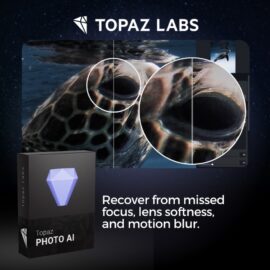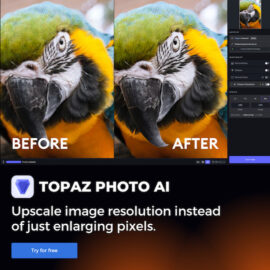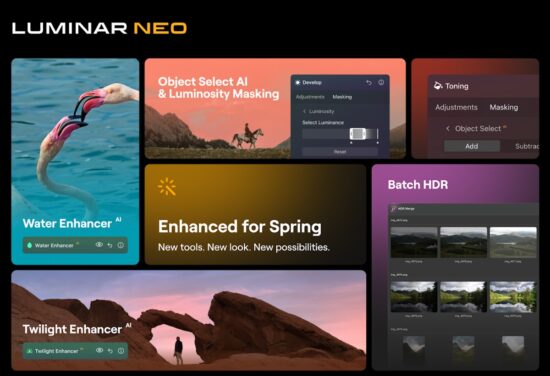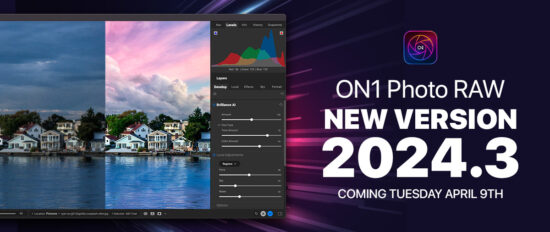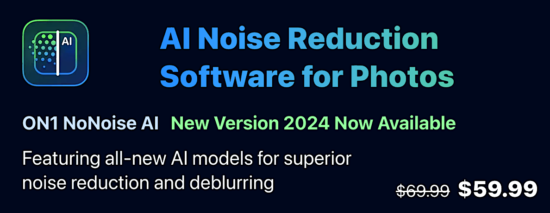New updates released: Adobe Generative AI for Photoshop plus a new version of Excire Foto 2024
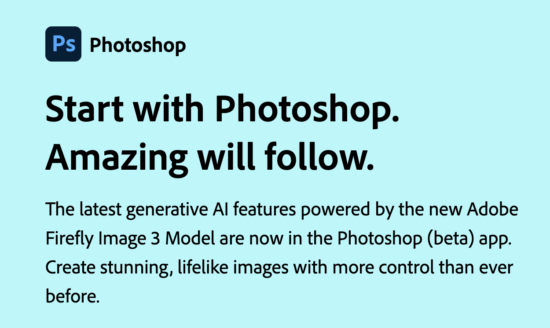

Adobe updated Photoshop with the newest generative AI tools:
- Latest Adobe Firefly Image Model: The new Adobe Firefly Image Model yields better people generation, photographic quality, colors, and dynamic range. It's also better at understanding and following your prompts and supports negative prompts, so you can bring your vision to life in Photoshop with more control and confidence in the results.
- Text to Image (Generate Image in UI): Generate entire images or scenes from scratch using text prompts and additional creative controls with the new Text to Image (labeled “Generate Image” in Ps product UI) feature. You can generate complex, custom images and composites without leaving Photoshop, or combine multiple generated images on a canvas to ideate and refine ideas more efficiently
- Generate Background: Generate Background allows you to replace your background with generated content that matches the lighting, shadows, and perspective of the subject in just a few steps. Rather than manually selecting the background and using Generative Fill, with Generate Background, you can simplify workflows and save time with a streamlined experience in the Contextual Task Bar.
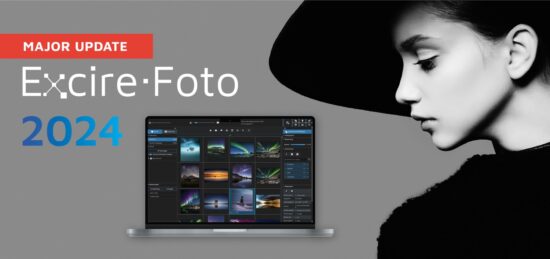

New version of Excire Foto 2024 was released and it is now on sale for $149 (instead of $189). Here are some of the updates:
- Apply OR and NOT operations for increased precision when searching with the Find by Keyword tool
- Select, copy, and paste subsets of keywords
- Use drag-and-drop functionality when assigning keywords to photos
- Take advantage of automatic copying of keywords to the clipboard when performing keyword copy-paste operations
- Access an all-new duplicate statistics dialog that allows for quick flagging of duplicate files
- Choose to exclude photo sequences from the Find Duplicates search
- Select the first photo of each duplicate-search-result cluster to save time when cleaning up folders
- New high-level filters to sort and locate images more effectively (including an option to identify files that have not yet been analyzed by the program)
- Extension of the text-search feature to metadata so users can locate images from the file path, file description, file headline, etc.
- The option to change the loading behavior for lens model metadata
- An “Invert selection” menu option
- Keyword tree multiselection
- A “Manage profiles” option in the “Renaming Profiles” dialog
- Minor bug fixes, design changes, and improvements
The post New updates released: Adobe Generative AI for Photoshop plus a new version of Excire Foto 2024 appeared first on Photo Rumors.
Related posts:
